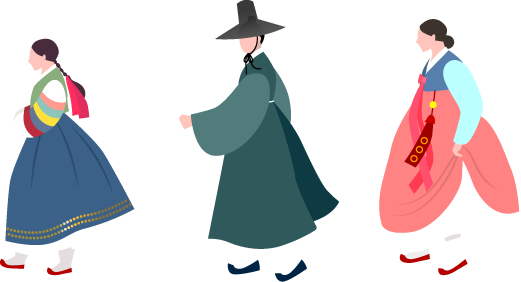- ENG
story
- story
When did people start eating peppers?
The story of red pepper powder
that make you eat more deliciously

-
Red pepper powder essential to Korean food,
Just because it's common doesn't mean it's easy to make!Red pepper powder, an essential seasoning for spicy soup, stir-fries, and steamed dishes!
Wouldn't it be the seasoning most used by Koreans?
Red pepper powder is packed with more devotion and effort than expected.
Aren't you curious about the red pepper powder story?
-
Spicy taste enjoyed by Koreans!
But when did they start eating peppers?Spicy foods, such as spicy kimchi, spicy pork cutlet, and spicy ramen,
are not missing from eating shows that are a hot topic on the Internet!
As such, red pepper powder is not missing in Koreans' favorite dishes.
When did they start eating red pepper?
-
Red pepper, a crop with a long history that was excavated from the remains of Mexico around 6500 B.C., was widely cultivated around 850 B.C.
Then, in 1493, when Columbus and his companions made their way to the Americas, this red pepper was brought to Europe. A man named "Janga", who had sailed along Columbus, discovered that the native Mexicans used red peppers, called "babies" as spices, which were spicier than black pepper, and introduced their seeds to Europe, where they were called red pepper.
This pepper was not very popular in Europe, but it became very popular when it was introduced to India in 1542 and spread to other parts of Asia around that time. According to Japanese literatures, "Six Planting Methods of Plants and Trees" says that the red pepper was brought to Japan by the Portuguese in 1542 and "Tamonin Diary (1593)" describes the shape, color, and taste of red peppers, so red peppers appear to have been introduced to Japan at least before 1542. Compendium of Materia Medica Supplements, a Chinese literature written in 1765, says that red peppers are grown these days, so there are a lot of them on the market. These red peppers are used for a wide range of purposes, including red pepper paste, but there is no explanation about them in the Compendium of Materia Medica (1578). Therefore, it seems that red pepper was introduced to Japan and China around the middle of the 16th century.
From this, red pepper seems to have been introduced to Korea after the Imjin War, and in literature, it was called Woecho, Japanese mustard, or Dangcho because it came from Japan or China. In light of these, it is highly probable that red pepper was introduced from both China and Japan during the Imjin War. The Ming army, who came in as a relieving force during the Imjin War, already brought corn as part of their military supply, and if so, it is highly probable that they also brought in red pepper. So, there seems to have been a word of Dangsin or Dangcho, meaning that it came from China, and a word of Japanese mustard or Waecho because the Japanese military also brought in red peppers during the war.
Red peppers were introduced through China and Japan, but they are consumed more in Korea! Isn't the pepper story interesting?
[Source: Naver Knowledge Encyclopedia]
-
Curious about
the etymology of the name!
Why Gochu and Pepper?
-
In Korean history, the 15th century "gocho", which is the old form of "gochu", comes from the Chinese character "苦椒(Gocho)". In the 16th century material, Hunmongjahoe reads "苦" as Go meaning bitter, and '椒' as Cho in Gocho, and says that the tones of “go” and “cho” of “gocho” are both flat tones. The word "gochu" that appears in the 20th century is a change from "gocho" that has been used since the 17th century, and "kochu" is an example of the fortition of "gocho". On the other hand, "gochi" or "kochi" is a dialect form that is often used in southern dialects.
In English, it are called pepper, hot pepper, chili pepper, red pepper, or capsicum (scientific name). Why is it called "pepper" even though it has nothing to do with black pepper? It is said that the name of this unfamiliar crop, not mentioned in the Bible, was derived from the pungent taste of pepper.
[Source: Wikipedia]




